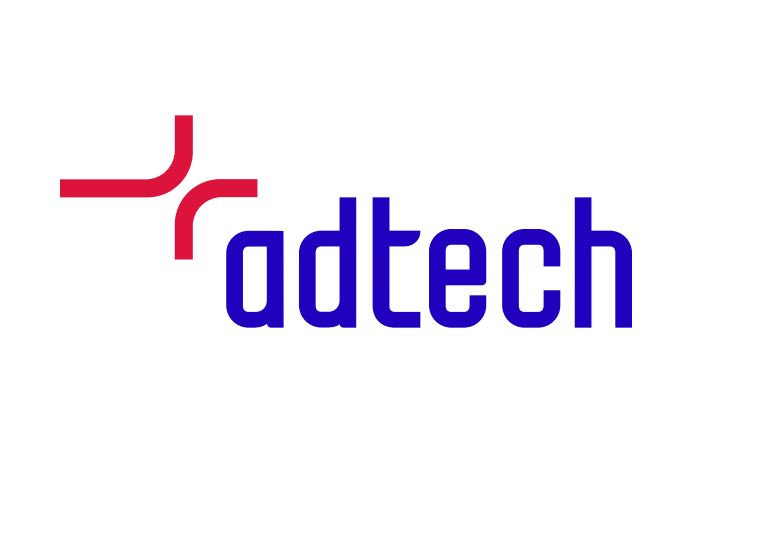2,250 reads
How to Build Your Own App Store
by
October 24th, 2022
Audio Presented by

An international company establishing startup ecosystems and innovation labs for AdTech and MarTech projects.
Story's Credibility



About Author
An international company establishing startup ecosystems and innovation labs for AdTech and MarTech projects.